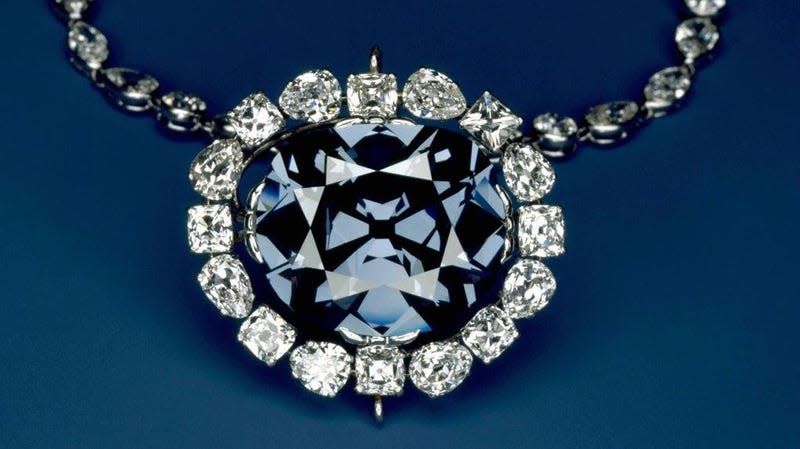Researchers May Have Pinpointed Origin of Hope and Koh-i-Noor Diamonds

The Hope and Koh-i-Noor diamonds—two of the most famous Golconda diamonds—may have come from southern India’s Wajrakarur Kimberlite Field, according to a team of researchers that reviewed the possible origin points of the gems.
The Golconda diamonds were mined form the banks of southern India’s Krishna River, though their source rocks—the geological deposits where the stones actually formed—are not known. The team recently conducted a review of the mineral composition and geochemistry of the rocks in southern India, alongside geological and remote sensing (GIS) studies of the region, to figure out where the vaunted stones came from. The team’s research was published last month in the Journal of Earth System Science.
According to the Smithsonian Institution, the Hope Diamond was likely mined from the Kollur Mine before 1668. At the time the stone was 112 3/16-carats; it has since been slimmed down to 45.52 carats. The Koh-i-Noor diamond has been part of the British crown jewels since 1849, though India has called for the gemstone’s repatriation. The Koh-i-Noor is 105.6 carats.
The diamonds were found in placer mines—mines built to excavate minerals from streambed deposits. The diamonds likely were carried with sediment to their findspots from their source rock, a diamond-bearing peridotite called kimberlite. The researchers concluded the precious gems’ origins are likely 1.1-billion-year-old rocks in the Wajrakarur Kimberlite Field.
Diamonds have been recovered along a roughly 186-mile (300 kilometer) patch of the Krishna River’s banks; according to one 2005 paper, about 12 million carats of stones have been recovered from the river and its tributaries’ deposits.
However, the Type IIb diamonds are blue thanks to boron, which crystallized in rocks under extreme pressure and temperatures deeper in under Earth’s surface. In other words, the team’s research may point to where the rocks were before they were swept away, but previous research indicated diamonds like the Hope and the Koh-i-Noor formed much deeper in the planet than other diamonds.
LiveScience reported that the diamonds are missing inclusions that can clue geoscientists into the environments in which gemstones formed. It makes the rocks all the glorious to look at, but leaves more of the science to guesswork.
More: Supercomputer Hints at the Existence of ‘Super Diamonds’

